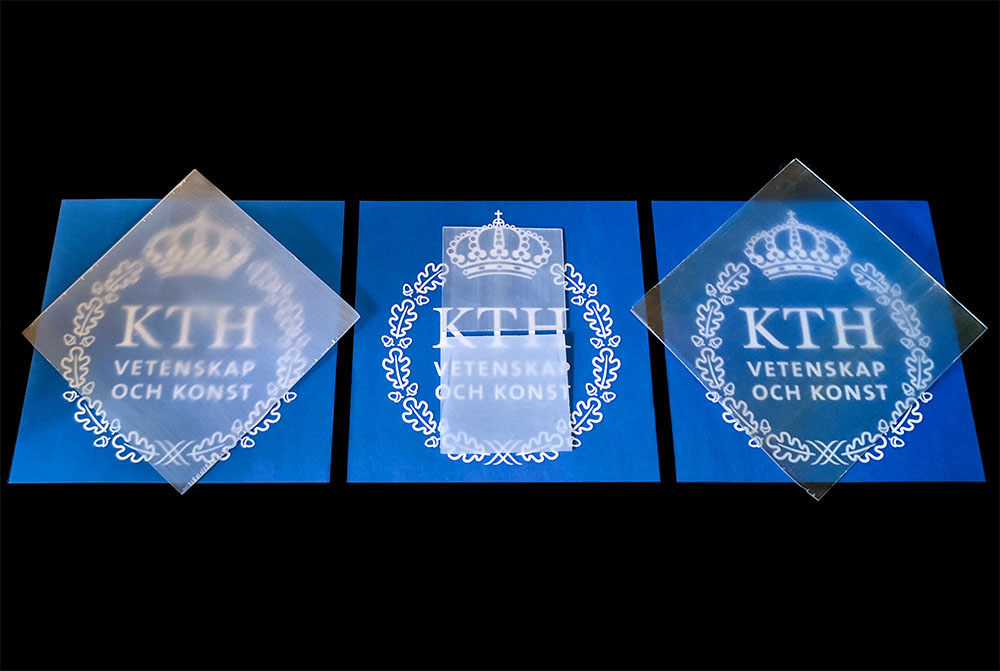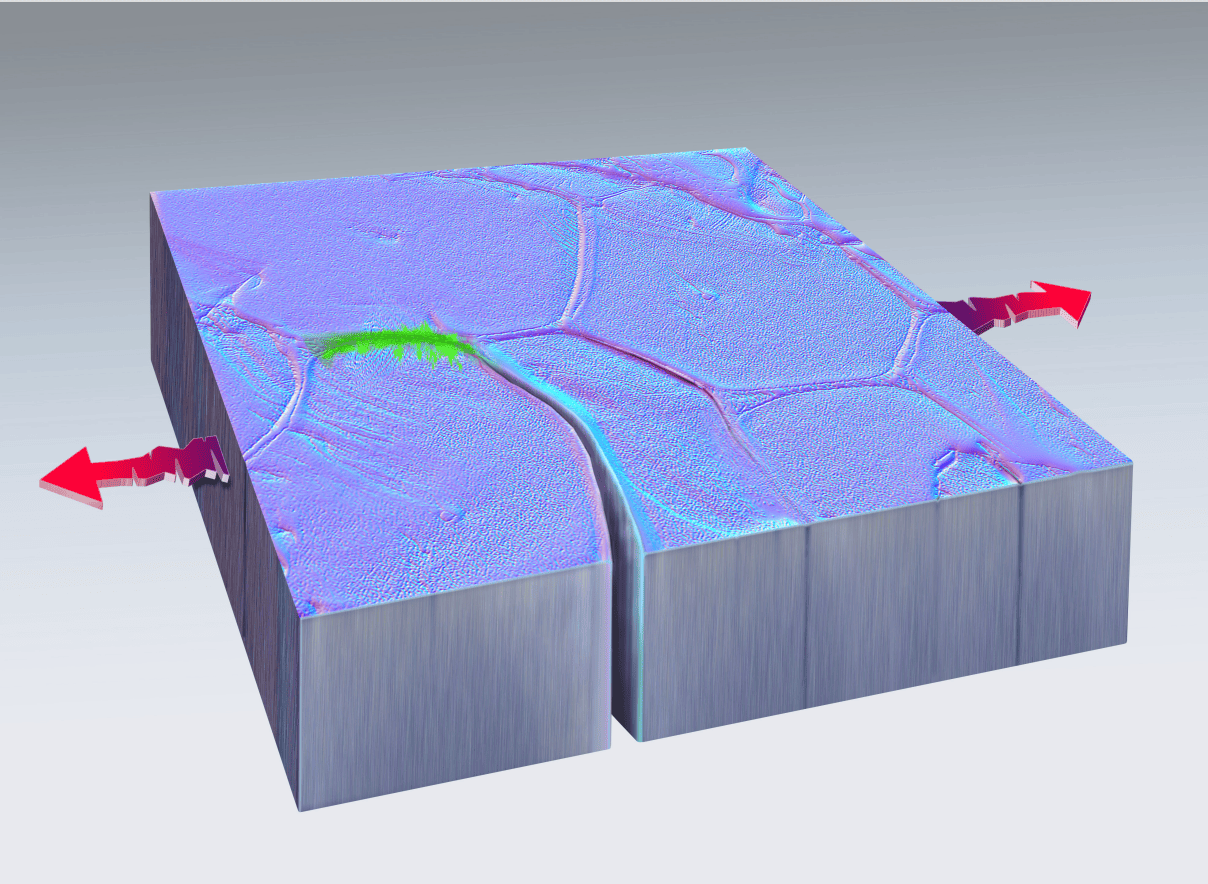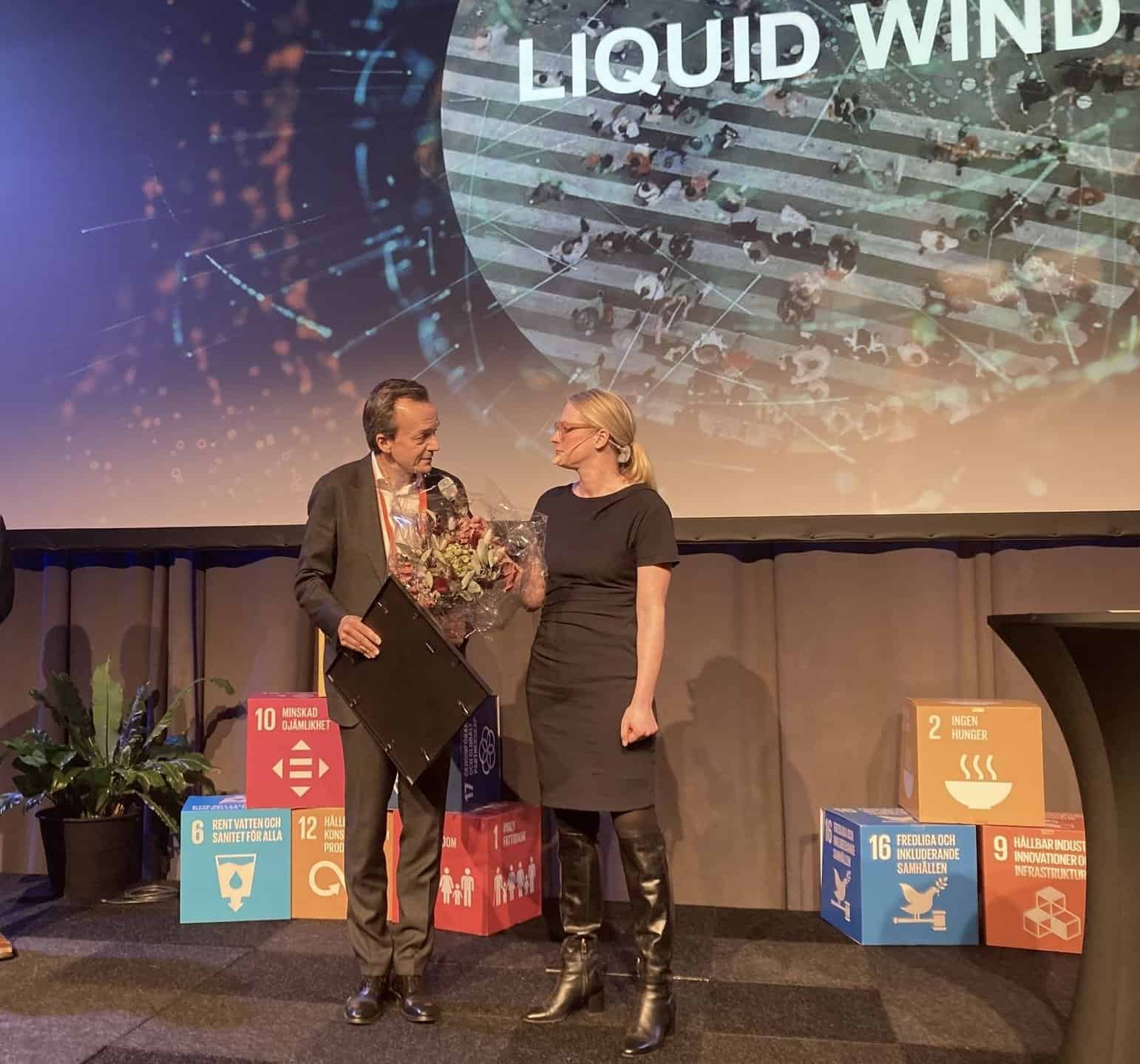
The Knut och Alice Wallenbergs Stiftelse (KAW) is investing over SEK 3 billion in materials research with the aim of enabling a more sustainable society. The money will be shared between KTH and five other universities, writes KTH Royal Institute of Technology in a press release.
Every year, 90 billion tons of raw materials are extracted from the planet globally. This mainly concerns metals, minerals, fossil fuels and biomass that are used to create different materials. The rate of extraction is expected to double by 2050 and very largely consists of non-renewable substances that entail a big load on the environment and climate.
“Added to which, global production of materials accounts for around 25 percent of total emissions of greenhouse gases, and that metals production consumes approximately 8 percent of combined energy production”, says Lars Kloo, Professor in Applied Physical Chemistry at KTH.
He is also an expert member of the working group that was invited to present decision-making data for KAW. More precisely, the initiative can be divided into two parts. The first SEK 2.7 billion allocated over the period of 2022 and 2023, will go to the Wallenberg Initiative Material Science for Sustainability Research Programme. In this programme, 25 international research groups will be recruited and a graduate school built up with space for 150 doctoral students and 30 externally employed doctoral students, plus 150 postdocs.
The second part consisting of SEK 380 million will be for the continued financing of the Wallenberg Wood Science Center, WWSC. The WWSC was established in 2009 with the aim of developing new sustainable materials from Swedish forestry, i.e. to replace oil with timber in the production of plastics, to create strong, non-flammable materials and to discover and develop new practical materials.
Developing transparent wood
The development of transparent wood has attractive tremendous attention worldwide. In addition to this, work at the WWSC has resulted in paper that has been magnetised, made electrically conductive and fire resistant.
“Wood is in important and exciting resource for a sustainable future, as wood-based materials offer great potential to replace fossil-based materials. They can form the basis for entirely new materials with new properties. We can now continue our research with an even more pronounced connection to sustainability aspects, where for example, we are going to research into sustainable biorefinery processes that utilise timber as efficiently as possible”, says WWSC Director Eva Malmström Jonsson.
The expansion of the WWSC will enable the recruitment of six research leaders, 36 doctoral students and four visiting professors. With this latest financing, the Foundation has invested a total of SEK 1 billion in research at WWSC. Alongside KTH, the other participants are Uppsala University, Lund University, Chalmers University of Technology, Stockholm University, and Linköping University (the host university for both parts of the Wallenberg Initiative Material Science for Sustainability).
Also interesting: 2050 Materials aims to reduce CO2 emissions from the construction industry via online platform
Selected for you!
Innovation Origins is the European platform for innovation news. In addition to the many reports from our own editors in 15 European countries, we select the most important press releases from reliable sources. This way you can stay up to date on what is happening in the world of innovation. Are you or do you know an organization that should not be missing from our list of selected sources? Then report to our editorial team.






